The curves (a),(b),(c) and (d) show the variation between the applied potential difference (V) and the photoelectric current (i) , at two different intensities of light (I1>I2). In which figure is the correct variation shown ?




The correct Answer is:B
Step by step video, text & image solution for The curves (a) , (b) , ( c ) and (d) show the variation between the applied potential difference (V) and the photoelectric current (i) , at two different intensities of light (I_(1) gt I_(2)). In which figure is the correct variation shown ? by Physics experts to help you in doubts & scoring excellent marks in Class 12 exams.
Topper's Solved these Questions
- BOOK - CENGAGE PHYSICSCHAPTER - ELECTRON,PHONTS,PHOTOELECTRIC EFFECT & X-RAYSEXERCISE - dpp 3.315videos
ELECTRON,PHONTS,PHOTOELECTRIC EFFECT & X-RAYS
- BOOK - CENGAGE PHYSICSCHAPTER - ELECTRON,PHONTS,PHOTOELECTRIC EFFECT & X-RAYSEXERCISE - multiple correct1videos
ELECTRON,PHONTS,PHOTOELECTRIC EFFECT & X-RAYS
- BOOK - CENGAGE PHYSICSCHAPTER - ELECTROMAGNETIC INDUCTIONEXERCISE - compression type7videos
ELECTROMAGNETIC INDUCTION
- BOOK - CENGAGE PHYSICSCHAPTER - Electrostatic Potential and CapacitanceEXERCISE - QUESTION BANK23videos
Electrostatic Potential and Capacitance
Similar Questions
From the following graph of photocurrent against collector plate potential for two different intensities of light I1andI2 one can , conclude
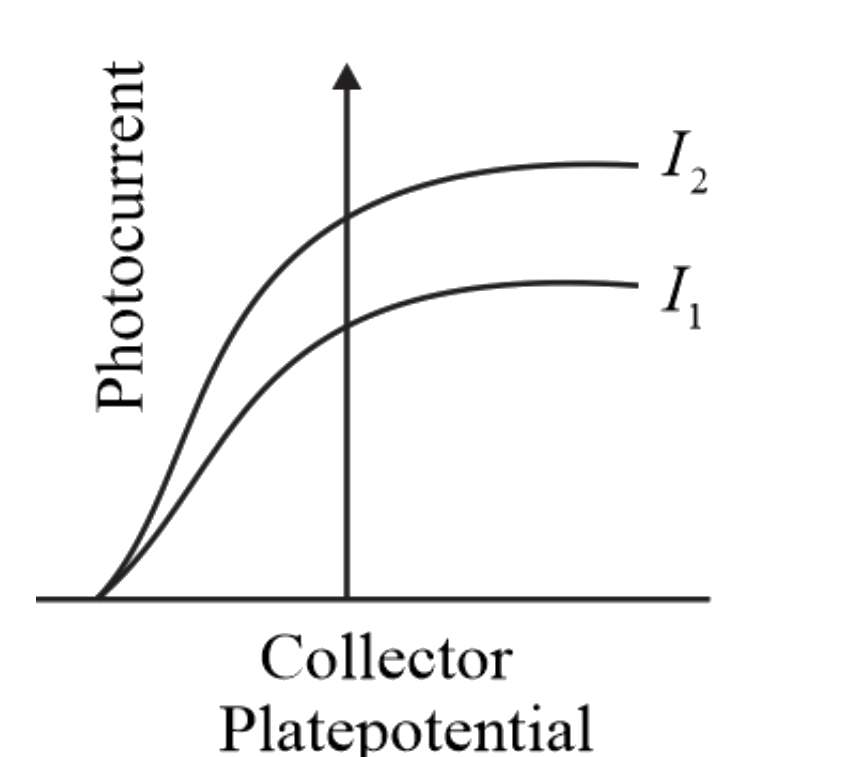 View Solution
View SolutionPlot a graph showing the variation of photoelectric current with anode potential for two light beam of same wavelength but different intensity.
View Solution
Knowledge Check
- Question 1 - Select One
The curve between current (i) and potential difference (V) for a photo cell will be
A B
B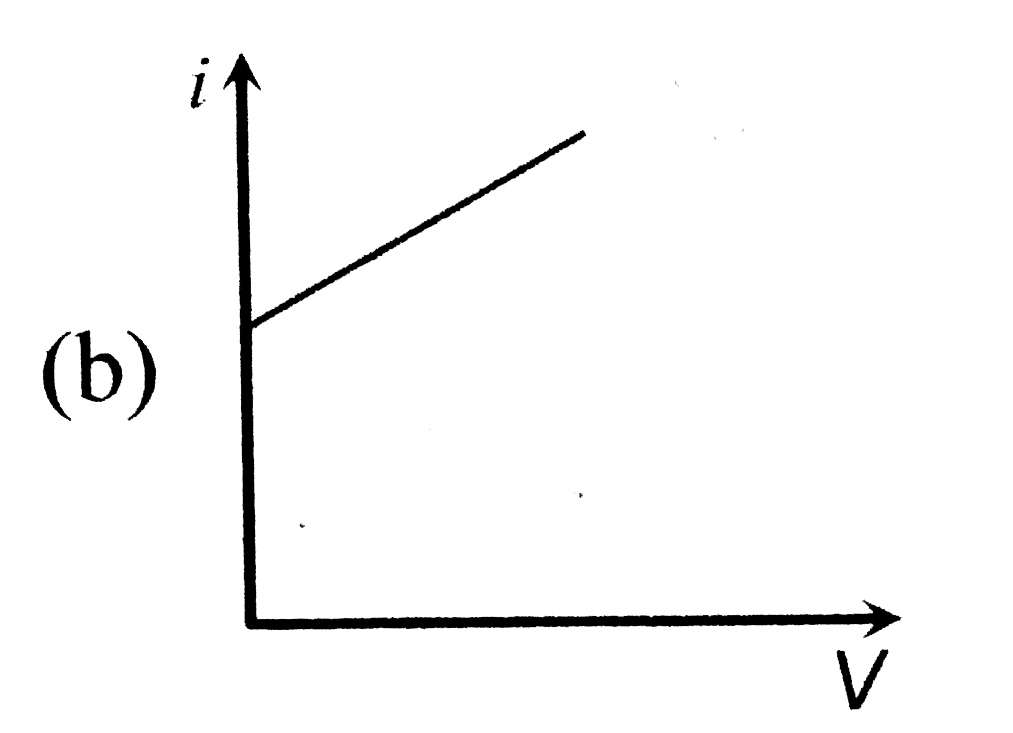 C
C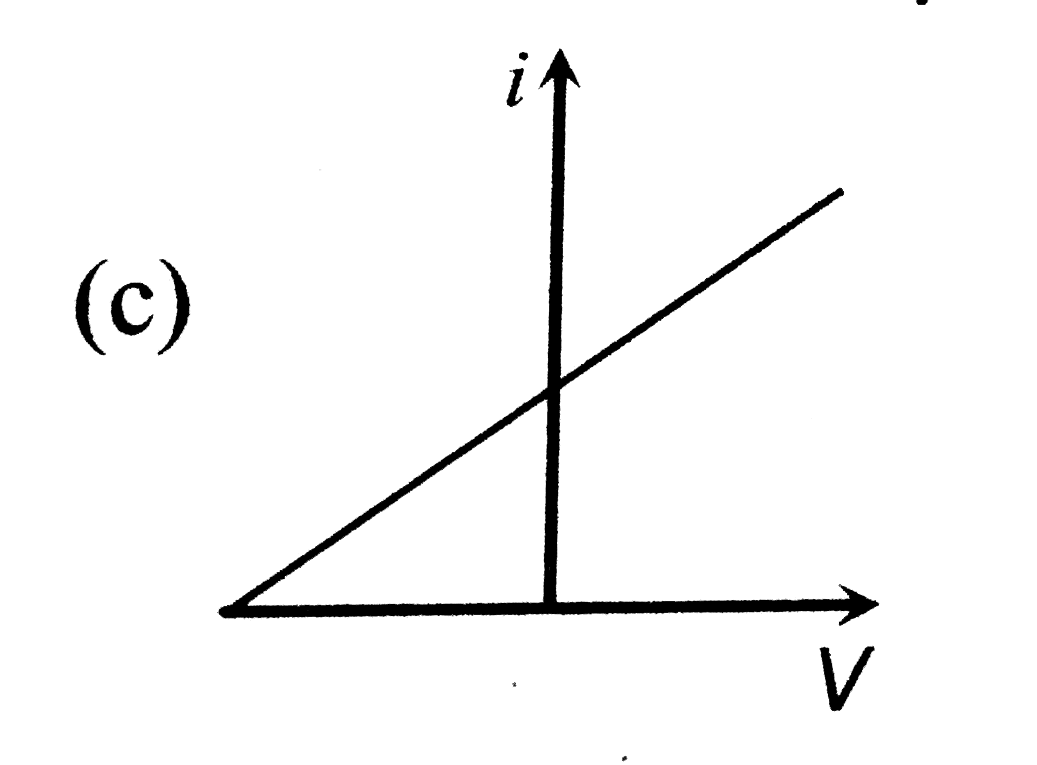 D
D
- Question 2 - Select One
For a metallic wire, the ratio Vi(V=applied potential difference and i= current flowing)is
Aindependent of temperatureBincreases as the temperature risesCdecreases as the temperature risesDincreases or decreases as temperature rises depending upon the metal - Question 3 - Select One
For a metallic wire, the ratio Vi(V=applied potential difference and i= current flowing)is
Aindependent of temperatureBincreases as the temperature risesCdecreases as the temperature risesDincreases or decreases as temperature rises depending upon the metal
For a metallic wire, the ratio Vi ( V= applied potential difference and i= current flowing ) is
View SolutionThe potential difference (VA−VB) between the point A and B as shown in the figure is
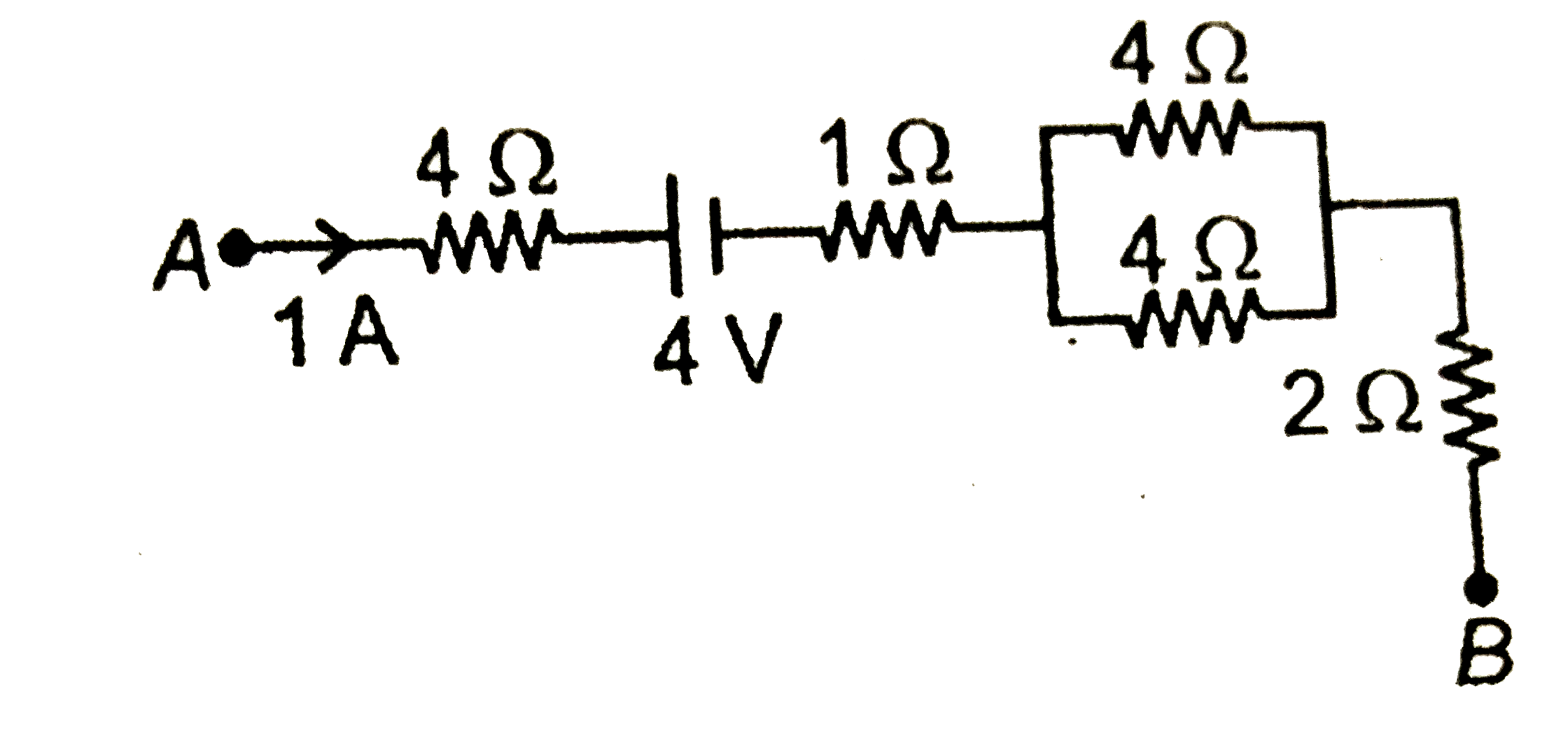 View Solution
View SolutionThe relation between potential difference (V) and current (I) was discovered by:
A) Pascal
B) Tesla
C) Newton
D) OhmView SolutionFrom the following graph of photocurrent against collector plate potential, for two different intensities of light I1andI2 one can conclude.
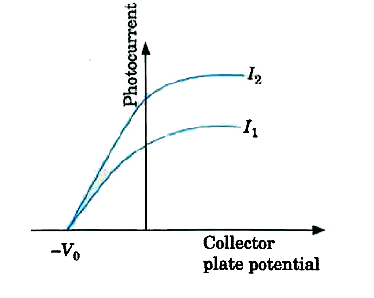 View Solution
View SolutionIn photoelectric effect , the curve between photoelectric current and anode potential V (for different frequencies ) is shown in figure , then
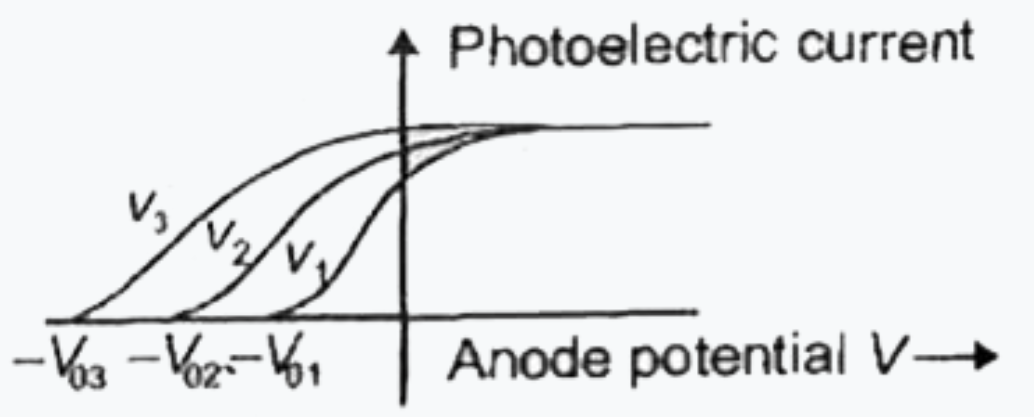 View Solution
View Solution

